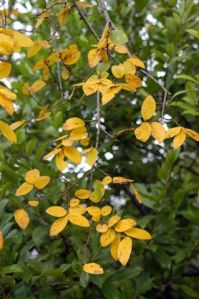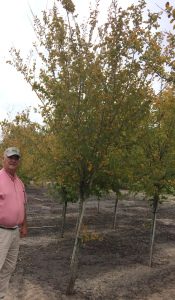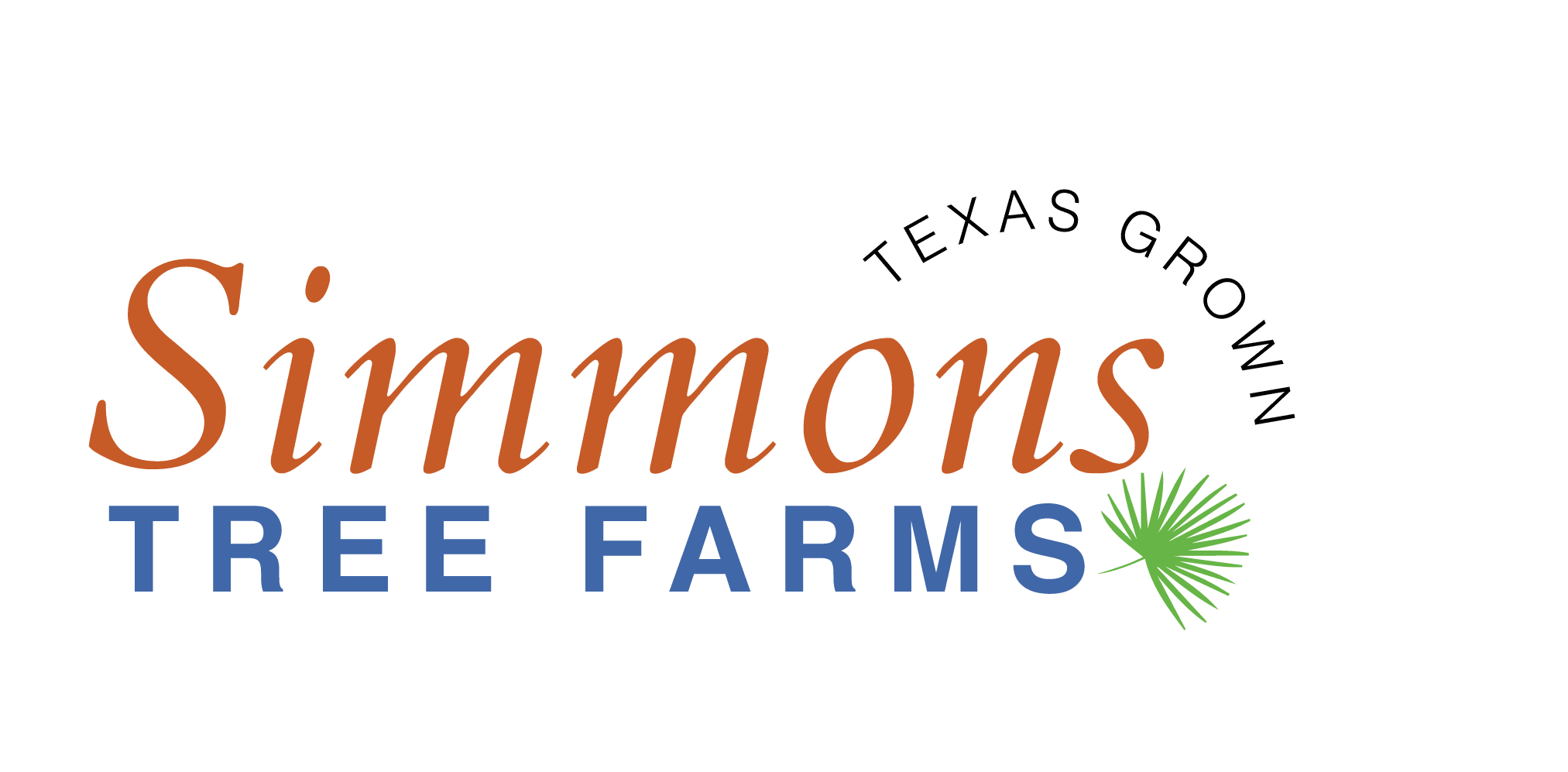I am hoping that this winter the stars will align and we will have the perfect conditions for some of our trees to give us a little fall color. Cedar Elms are one of the few species that show off their bright yellow and golden orange leaves. This Texas native is often overlooked but has lovely characteristics and is a good choice for local landscapes.

Cedar Elm, or Ulmus crassifolia, is an upright shade tree native to all areas of Texas except the High Plains and the Panhandle. It will grow to about 50 feet tall but is usually smaller in the Rio Grande Valley. The dark green leaves are only one to two inches long, have a rough texture and serrated edges. The trunk has fine-textured bark and may form small buttresses. Its branches often have corky ridges or wings. It is deciduous, which means it will drop its leaves in the winter.

Growing at a moderate rate, Cedar Elm is the most wide-spread native elm in Texas. It transplants easily. Plant it at least 20-30 feet from a building or overhead electric line. It looks nice both when planted alone and in a grouping of various sizes.
This hardy tree grows happily in our alkaline soil and does not have high fertilizer needs. Cedar Elm is drought tolerant but can handle a fair amount of moisture. It has a high heat tolerance. The small seed it produces each fall usually go unnoticed. Some years, but not all, its leaves turn a spectacular golden yellow in the fall.
Cedar Elm is a host plant for the Mourning Cloak and Question Mark butterflies. Being a host plant means that it provides larval food or food for the caterpillars. Last year, we planted a small 8-10’ tall Cedar Elm. We would never sell one that small but you know what they say about the cobblers children . . . Even though it’s by far the tiniest tree in our yard, birds will still choose it to perch in it. And when it comes to trees, I’ll take a birds opinion any day!
